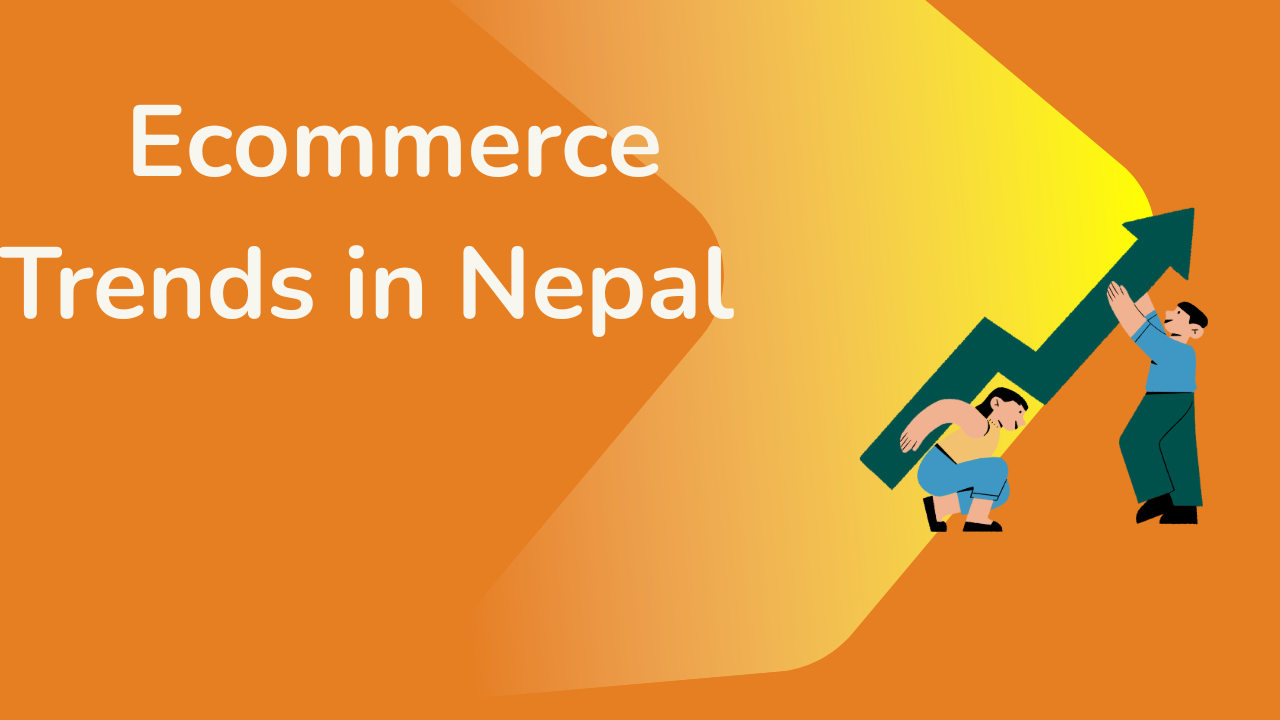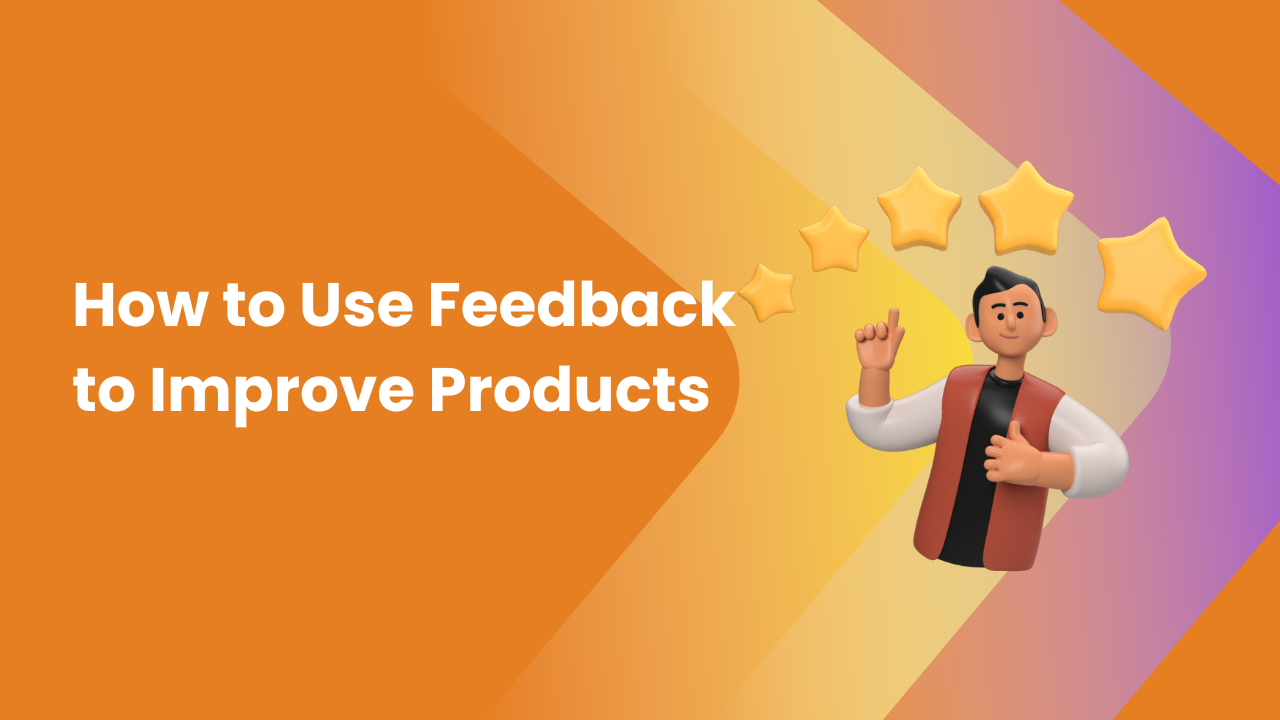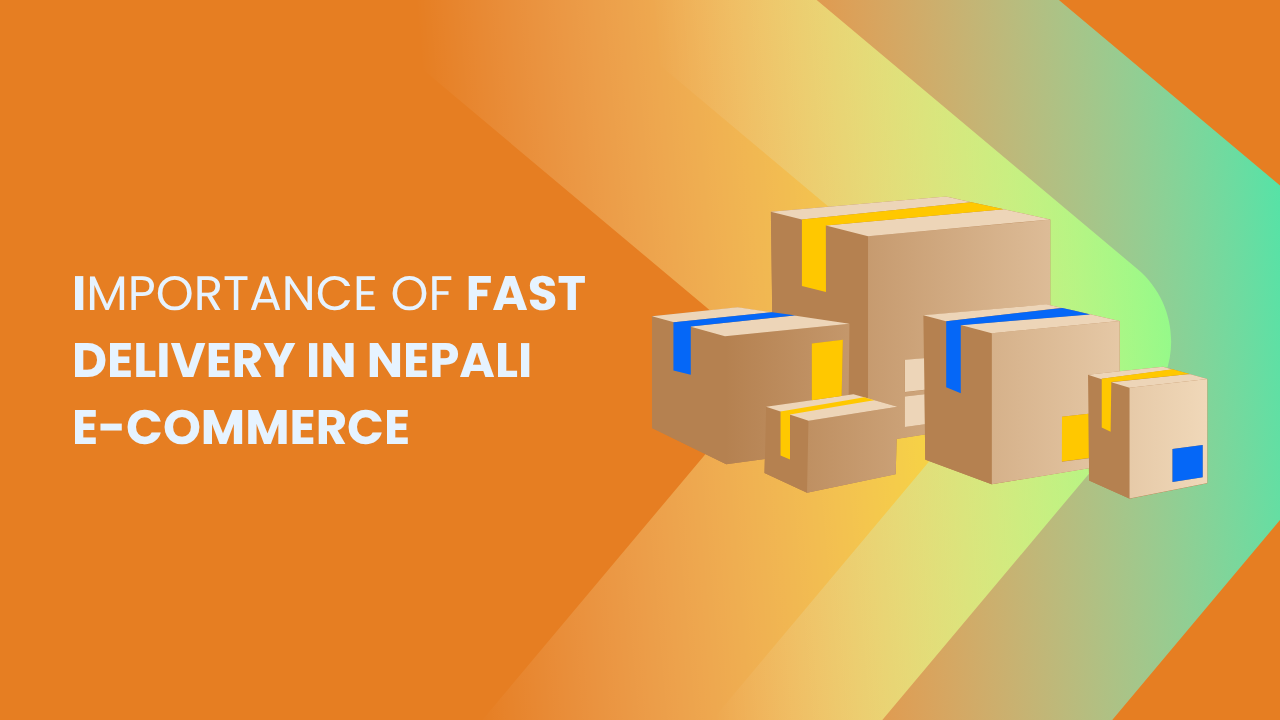Share this Article
Introduction
Hashtags have become one of the most powerful tools in modern digital marketing. From global platforms like Instagram, Facebook, TikTok, and X (formerly Twitter), to the rapidly growing social media scene in Nepal, hashtags help businesses, creators, and influencers reach the right audience at the right time. In the Nepali market, where online presence is expanding rapidly, knowing how to use hashtags effectively can make a huge difference in visibility, engagement, and brand awareness.
The Nepali digital landscape is still evolving, which means competition is growing but opportunities are also wide open. Smart use of hashtags can help your posts reach beyond your follower list, connect with your community, and even influence purchase decisions. But like every marketing tool, hashtags must be used strategically — not randomly. Let’s explore how to use hashtags effectively in the context of Nepal’s social and digital ecosystem.
Understanding Hashtags in the Nepali Context
A hashtag is simply a word or phrase preceded by the “#” symbol. But in practice, it’s a digital bridge — connecting your content with people searching or following that topic. In Nepal, the usage of hashtags has become popular across Facebook, Instagram, and TikTok, especially among small businesses, influencers, and youth audiences. However, many users still treat hashtags as decoration rather than strategy. They fill captions with too many irrelevant tags or copy global ones that don’t fit the local audience.
The key is to understand that hashtags act like search keywords. When used thoughtfully, they categorize your post under specific themes and make it discoverable to those interested in similar topics. For example, if a Nepali bakery posts a cake photo using #NepaliBakery, #KathmanduFood, or #HomemadeCakesNepal, it will likely reach customers nearby or those looking for that niche. This level of relevance can turn casual scrollers into real customers.
The Importance of Hashtags for Nepali Businesses
Nepali businesses — from small home-based ventures to established brands — are increasingly using social media as their primary marketing platform. Since paid advertisements can be expensive or less effective without strategy, hashtags offer a free yet powerful alternative to gain organic reach.
Hashtags increase your content visibility. A well-chosen hashtag can expose your post to thousands of new viewers who follow or search that tag. They also help build a community around your brand. For example, travel companies using #ExploreNepal or clothing brands using #MadeInNepal can create a sense of identity and national pride among followers.
For e-commerce stores, hashtags can directly influence sales by improving search discoverability. When customers search #OnlineShoppingNepal or #ShopLocalNepal, brands that use these hashtags appear more often. Moreover, local hashtags often carry cultural context — helping brands connect emotionally with their audience by reflecting Nepali pride, lifestyle, and traditions.
Choosing the Right Hashtags
Selecting hashtags is not about using as many as possible but choosing the right ones. In the Nepali market, where audiences use a mix of English, Nepali, and even regional languages, understanding keyword behavior is crucial. The most effective hashtags are those that balance popularity with relevance.
Using only popular global hashtags like #love, #fashion, or #travel may bring temporary views but rarely builds a loyal local audience. On the other hand, localized hashtags like #NepalTravel, #NepaliFashion, or #KathmanduVibes connect your post directly with the people who matter most — those likely to engage, visit, or buy.
It’s also smart to combine English and Nepali hashtags. For example, a clothing brand might use #NepaliClothing alongside #नेपालकोफेशन or #स्थानीयउत्पादन. This multilingual strategy increases reach across different audience segments, including those who use social media primarily in Nepali.
Another factor is specificity. Instead of general hashtags like #Food, a restaurant might use #ThakaliFood, #NewariCuisine, or #PokharaRestaurant. Specific hashtags attract a smaller but more relevant audience who are genuinely interested in your niche.
Platform-Specific Hashtag Strategies
Different platforms treat hashtags differently, so understanding how they work on each is essential.
On Instagram, hashtags are one of the most effective tools for discovery. Users often follow specific hashtags, so your post can appear on their feed even if they don’t follow your account. Using around 5–10 relevant hashtags in captions or comments generally works best. Instagram also rewards consistent use of branded hashtags, so creating your own — for example, #YourBrandNameNepal — helps build identity over time.
On Facebook, hashtags are less critical but still useful when they categorize posts within campaigns or events. For instance, during Dashain or Tihar, hashtags like #DashainOffer or #TiharVibes can group your promotional content together and make it easier for users to find.
On TikTok, hashtags are everything. The algorithm heavily depends on tags to push videos to the “For You” page. For Nepali creators, trending tags such as #NepaliTikTok, #FunnyNepaliVideo, or #NepaliTrend often drive significant reach. Combining trending hashtags with niche-specific ones gives the best results.
On X (Twitter), hashtags can shape conversations. Nepali brands can use event-based or issue-based hashtags like #VisitNepal or #DigitalNepal to join national discussions and raise awareness.
Creating and Promoting Branded Hashtags
A branded hashtag is a tag unique to your business or campaign. It could be your company name, slogan, or a simple phrase your followers can use to share their experiences. In Nepal, this tactic is still underused, which means early adopters can gain strong branding advantages.
For example, a fitness studio might create #TrainWithUsNepal, while a local fashion brand could use #StyleNepali. Encouraging customers to use these hashtags when they post about your products turns them into brand ambassadors and builds social proof. Over time, a branded hashtag becomes a community symbol, driving organic content and engagement.
To promote your hashtag, include it in your profile bio, product packaging, posters, and digital campaigns. Use it consistently in every post so audiences begin to associate it directly with your brand. The more people use it, the stronger your brand visibility becomes.
Analyzing Hashtag Performance
Using hashtags effectively also means tracking their performance. Most platforms provide insights into how hashtags contribute to post reach and engagement. Reviewing which hashtags bring the most likes, comments, or shares helps refine your strategy. For Nepali markets, where audience behavior varies across regions and festivals, seasonal analysis is particularly useful.
For example, hashtags related to cultural events (#DashainVibes, #VisitLumbini, #NepaliNewYear) may peak during specific months. Monitoring these trends allows brands to plan their campaigns around high-engagement periods. You can also use third-party tools like Hashtagify or native insights on Instagram to identify which hashtags are performing best for your niche.
Consistent analysis ensures that your hashtag strategy remains fresh, relevant, and impactful. Over time, you’ll discover which tags help you reach new followers, which build community, and which drive conversions.
Cultural Sensitivity and Localization
Nepal’s cultural diversity means that language, tone, and context matter. A hashtag that works in one community might not appeal to another. Therefore, localization is key. Using hashtags that reflect Nepali festivals, emotions, or humor helps your brand feel authentic.
For example, during national holidays, combining emotion with culture — such as #MeroDashain, #NepaliPride, or #HappyTihar — can connect deeply with audiences. Similarly, hashtags in the Nepali language carry a sense of familiarity and warmth that English alone may not express. The most successful Nepali brands are those that merge creativity with cultural understanding.
Localization also includes regional pride. Hashtags like #MadeInPokhara, #ChitwanBusiness, or #BiratnagarStyle creates community-based engagement and strengthens regional identity within your audience.
Common Mistakes to Avoid
While hashtags are powerful, misuse can hurt your strategy. Many users overload captions with dozens of irrelevant tags, which makes posts look spammy. Others copy trending hashtags from other countries without checking if they make sense locally. Overuse can reduce credibility, while underuse can limit reach.
Repetition is another mistake. Using the same set of hashtags for every post can make content monotonous and limit discovery. It’s better to mix them depending on themes, seasons, or campaigns. Also, avoid using banned or broken hashtags, as they can harm visibility.
The goal should always be authenticity, relevance, and simplicity. Hashtags should feel natural — a part of the story you’re telling — not forced keywords added for attention.
Conclusion
In Nepal’s growing digital economy, hashtags are more than social media accessories — they are strategic tools for connection and growth. Used wisely, they amplify visibility, enhance community engagement, and make your brand part of national and cultural conversations.
The key to success is understanding your audience, combining local language with creativity, and staying consistent across platforms. A powerful hashtag strategy can turn a small brand into a household name, helping it reach not just followers, but believers.
As Nepali consumers continue to embrace social media as part of daily life, hashtags will remain one of the simplest yet most effective ways to stand out. Whether you’re an entrepreneur, content creator, or digital marketer, mastering hashtags means mastering visibility in the modern Nepali market.
Categories:
E-commerce Tips & Tutorials
Tags:
Online Store in Nepal
,
local businesses
,
e-commerce app
,
Small Business
,
strong brand
,
E-commerce







